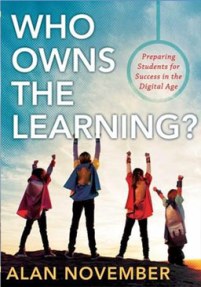
I am in week 2 of a Learning in the Digital Age course at the University of Birmingham. Writing blog posts is part of the assignment and this is the first of four posts which I will be sharing on here. The course is cleverly designed so that we experience what it is like firsthand to be a learner in the digital age.
Today we discussed Flipped Learning and in this blog post I’m going to reflect on why this topic is important and what I found most interesting about flipped learning.
Let’s start with a definition from the book Flipped Learning (Talbot): “Flipped learning is a pedagogical approach in which first contact with new concepts moves from the group learning space to the individual learning space in the form of a structured activity …. and the resulting group space is transformed into a dynamic, interactive learning environment where the educator guides students as they apply concepts and engage creatively in the subject matter”.
- Self-teaching
- Self-assessment
- Self-regulation
- Self-confidence
We experienced the above in the session by completing our own mini research project and creating a Canvas e-learning resource in a 30-minute activity. This was engaging for me as a learner and in a short space of time I gained an insight in to the topic we were assigned “self-regulated learning”. I reflected on the impact of this and how the learning was enhanced through “doing” rather than the lecturer simply disseminating the information.
I’m inspired as a result of the session to do some more reading on the topic of flipped learning and will look again at a book sitting on my shelf called “Who owns the learning” (Alan November).  The book provides ideas and techniques to help students own and direct their learning.
The book provides ideas and techniques to help students own and direct their learning.
I work with students to help them plan for their future career and will reflect on insights shared by Danielle, our course leader, about how self-regulated learning enables students to develop the life and career skills for an agile and adaptable approach required in the workplace. Our main assignment for the course is to design a resource or learning activity integrating appropriate learning technologies. With this in mind I’m building a list of tools and techniques including the tool used in week one: http://www.menti.com.
